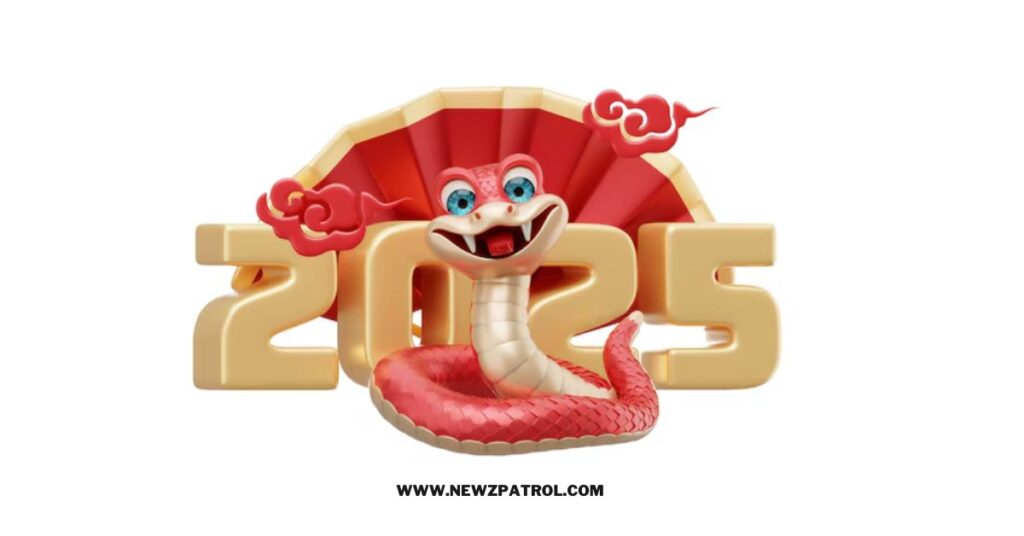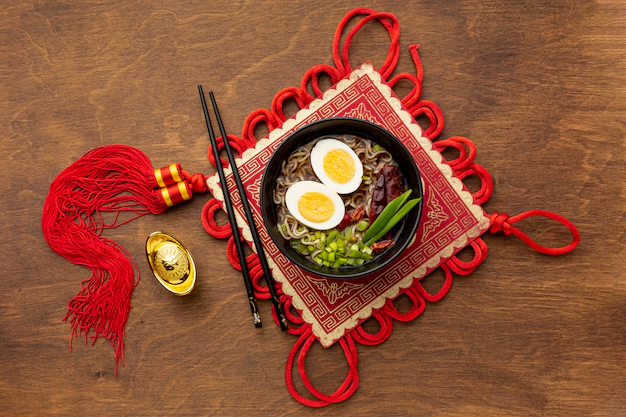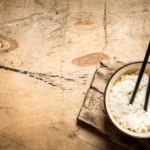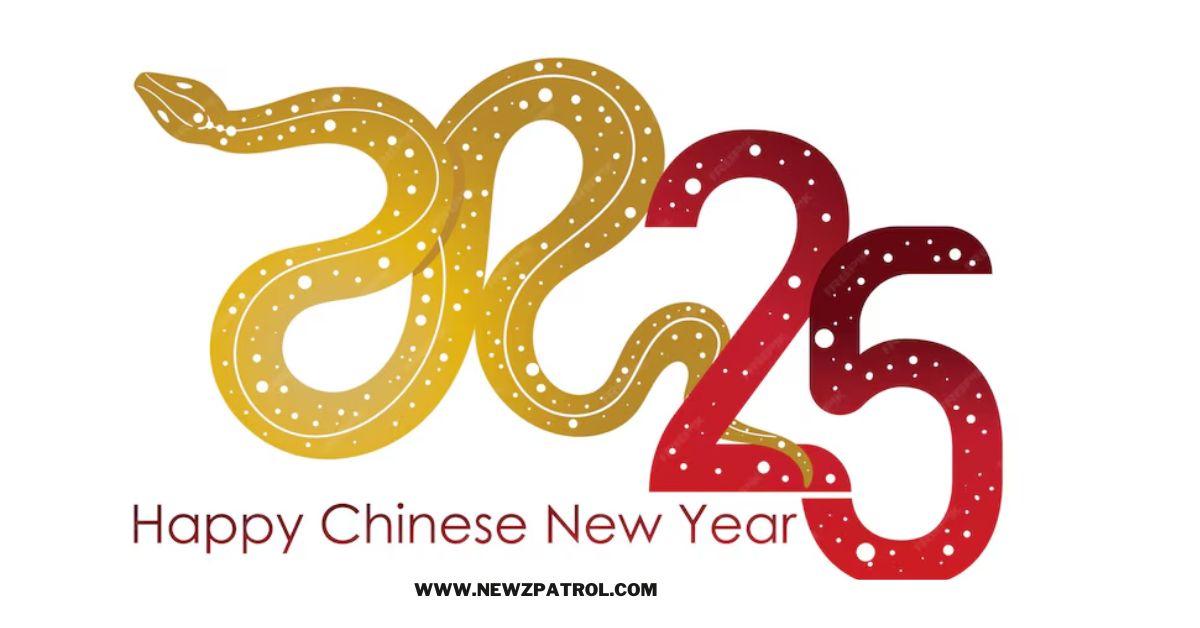Chinese New Year 2025 is just around the corner, and millions will celebrate this vibrant festival worldwide. Known for its rich customs and traditions, Lunar New Year symbolizes new beginnings and hope for prosperity. From mouthwatering foods to colorful decorations, every aspect of the celebration carries deep significance. Dive into our guide to discover how people honor this festive occasion and what you can expect as we welcome the Year of the Snake!
A Guide to Chinese New Year 2025: Customs, Foods, and Celebrations
Chinese New Year 2025 promises a blend of time-honored customs and joyous celebrations. Families will gather to honor ancestors, exchange red envelopes, and share feasts filled with symbolic foods. Each dish carries its own meaning, from dumplings for wealth to fish for abundance.
The festival lasts 15 days, culminating in the Lantern Festival. Colorful parades and vibrant decorations create an atmosphere of excitement as communities come together to celebrate this meaningful occasion.
What is Lunar New Year?
Lunar New Year, often referred to as Chinese New Year, marks the beginning of a year in the lunar calendar. It is celebrated by millions worldwide and symbolizes renewal and new beginnings.
The festival typically lasts for 15 days, culminating in the Lantern Festival. Traditions vary across cultures but commonly include family gatherings, feasting, and various customs that promote good fortune and prosperity for the coming year.
When is Lunar New Year?
Lunar New Year, also known as Chinese New Year, falls on different dates each year due to its reliance on the lunar calendar. In 2025, it will be celebrated on February 10th.
The festival traditionally lasts for 15 days, culminating with the Lantern Festival. This vibrant celebration marks the beginning of spring and is an important time for family reunions and festivities across many cultures influenced by this rich heritage.
How does the Chinese calendar work?
The Chinese calendar is a lunisolar system, combining lunar months and solar years. Each month begins with the new moon, while the year aligns with the sun’s position. This results in 12 or 13 months annually.
Traditionally, each year corresponds to one of the twelve zodiac animals. The cycle repeats every 60 years, intertwining elements like yin and yang with five elemental phases: wood, fire, earth, metal, and water.
How is Lunar New Year celebrated?
Lunar New Year celebrations vary by region but typically include family reunions, festive meals, and various cultural activities. People clean their homes to sweep away bad luck and decorate with red lanterns and couplets for good fortune.
Festivities often feature dragon dances, lion dances, fireworks, and temple fairs. Many also exchange red envelopes filled with money as symbols of prosperity and luck throughout the year ahead.
The Year of the Snake: Symbolism and Significance
The Year of the Snake, which occurs every twelve years in the Chinese zodiac, symbolizes wisdom and intuition. Those born under this sign are often seen as insightful and enigmatic individuals with a strong sense of purpose.
In 2025, the Year of the Snake encourages shedding negative energy and embracing new beginnings. It invites people to reflect on their personal growth while fostering adaptability in challenging situations.

Shedding bad energy in the Year of the Snake
The Year of the Snake offers a chance to shed bad energy and embrace renewal. This zodiac sign symbolizes wisdom, intuition, and transformation. Many believe that letting go of negativity paves the way for fresh beginnings.
Rituals often include cleansing ceremonies involving water or incense. People may also write down their worries on paper and burn them as an act of liberation, welcoming positive vibes into their lives for 2025.
Chinese astronauts’ Lunar New Year greeting from space
As Lunar New Year approaches, Chinese astronauts aboard the Tiangong space station send heartfelt greetings to those on Earth. Their messages celebrate unity and hope, emphasizing the festival’s importance regardless of distance.
These unique wishes inspire a sense of connection during this festive time. The astronauts highlight how traditional customs transcend boundaries, reminding everyone that even in space, they are part of this vibrant celebration.
Chinese Lunar New Year 2025: Zodiac Animals and Celebrations
Chinese New Year 2025, falling on February 10th, marks the beginning of the Year of the Snake. This zodiac sign symbolizes wisdom, intuition, and grace. People born under this sign are often seen as intelligent and resourceful.
Celebrations for the Year of the Snake include vibrant festivals filled with traditional performances. Expect lively lion dances, colorful parades, and family gatherings that honor heritage while fostering togetherness among loved ones during this festive season.
Which Zodiac Animal Are You?
In Chinese astrology, each year is represented by a specific zodiac animal. The cycle includes 12 animals: Rat, Ox, Tiger, Rabbit, Dragon, Snake, Horse, Goat, Monkey, Rooster, Dog, and Pig. Your birth year determines your zodiac sign and its associated traits.
For example, those born in the Year of the Tiger are often seen as courageous and competitive. Understanding your zodiac animal can offer insights into personality and compatibility with others during celebrations like Chinese New Year 2025.
Your ‘Birth Moon’ and Lunar New Year relevance
Your “Birth Moon” refers to the lunar month during which you were born. This concept holds significance in Chinese culture, linking individuals to specific traits and fortunes based on their birth time.
During Lunar New Year, understanding your Birth Moon can enhance personal celebrations and rituals. It allows for a deeper connection with traditional practices, guiding individuals in setting intentions for the upcoming year ahead.
12 Animals of the Chinese Zodiac
The Chinese Zodiac consists of 12 animals, each symbolizing different traits and characteristics. These animals are the Rat, Ox, Tiger, Rabbit, Dragon, Snake, Horse, Goat, Monkey, Rooster, Dog, and Pig. Each year is dedicated to a specific animal in a repeating cycle.
People believe that the year you are born determines your personality and even your fate. This system deeply influences Chinese culture and traditions during celebrations like Lunar New Year.
Jupiter’s influence on the Chinese Zodiac
Jupiter plays a significant role in the Chinese Zodiac, influencing luck and fortune. Known as the “Lucky Star,” it is believed to enhance positive traits associated with each zodiac animal.
In 2025, Jupiter’s position amplifies opportunities for growth and prosperity for those born under the Year of the Snake. This celestial alignment encourages individuals to embrace new beginnings and seize favorable moments throughout the year.
Understanding Chinese New Year Traditions
Chinese New Year traditions are rich and varied, reflecting the cultural heritage of communities around the world. Families often gather to honor ancestors, exchange gifts, and prepare for a fresh start.
Festivities include specific customs like giving red envelopes filled with money and cleaning homes to sweep away bad luck. Each tradition carries deep symbolism aimed at inviting prosperity, happiness, and longevity in the coming year.
Lunar New Year customs and festivities for 2025
Lunar New Year customs for 2025 will include vibrant celebrations filled with family gatherings and traditional rituals. People will clean their homes to sweep away bad luck, symbolizing a fresh start in the Year of the Snake.
Festivities will be marked by dragon dances, fireworks, and colorful parades. Families will honor ancestors through offerings while enjoying festive foods like dumplings and rice cakes, emphasizing unity and prosperity for the coming year.
Important taboos during Chinese New Year
During Chinese New Year, certain taboos are observed to ensure good fortune. For instance, sweeping the floor is avoided on New Year’s Day to prevent sweeping away prosperity.
Additionally, it’s considered unlucky to use negative language or mention death during celebrations. These practices help maintain a positive atmosphere and invite blessings for the year ahead. Respecting these customs is essential for a harmonious Lunar New Year experience.
Zodiac compatibility and fortune-telling
Zodiac compatibility plays a crucial role in Chinese culture, particularly during the New Year. People consult their Zodiac signs to assess relationship harmony and potential challenges. Each sign has unique traits that influence compatibility with others.
Fortune-telling practices often accompany these beliefs, utilizing tools like I Ching or Feng Shui. Many seek advice on love, career, and health based on their Zodiac animal’s characteristics for the upcoming year.
Festive food, drinks, desserts, and snacks
Festive foods are essential during Chinese New Year 2025, symbolizing prosperity and good fortune. Traditional dishes like dumplings represent wealth, while fish signifies abundance. Glutinous rice cakes (niangao) symbolize growth.
Drinks such as sweet rice wine enhance celebrations, making meals more joyous. Popular desserts include tangyuan, which symbolize family unity. A variety of snacks like sunflower seeds and candied fruits add sweetness to the festivities and reflect hopes for a prosperous year ahead.

Exploring Chinese New Year decorations and their meanings
Chinese New Year decorations are vibrant and rich in symbolism. Red lanterns, spring couplets, and paper cuttings adorn homes to invite good fortune and drive away evil spirits. The color red is particularly significant, representing happiness and prosperity.
Oranges and tangerines are often displayed as symbols of wealth. Each decoration carries a deeper meaning, making the festive atmosphere not just visually appealing but also meaningful for families celebrating this cherished holiday.
Celebrating Lunar New Year: Festivities and Symbolism
Lunar New Year is a vibrant celebration filled with rich symbolism. It begins with families gathering for a reunion dinner, sharing traditional dishes like dumplings and fish, which represent prosperity.
Lighting firecrackers is essential during this time as it’s believed to ward off evil spirits. Wearing red clothing brings good luck, while the Lantern Festival marks the end of celebrations with colorful displays and joyful festivities across communities.
The significance behind lighting firecrackers and wearing red
Lighting firecrackers during Chinese New Year is believed to scare away evil spirits and bring good fortune. The loud noise is thought to ensure a fresh start, free from negativity.
Wearing red symbolizes happiness, good luck, and prosperity. This vibrant color is prominent in decorations and clothing throughout the festivities. Together, these traditions create an atmosphere of joy and optimism for the coming year.
The process of Lunar New Year preparation
As Lunar New Year approaches, families begin their preparations weeks in advance. Homes are cleaned thoroughly to sweep away bad luck and make space for good fortune. Decorations like red lanterns and couplets adorn doorways, symbolizing happiness and prosperity.
Shopping for new clothes is also common, as wearing fresh attire represents a new beginning. Families gather ingredients for festive meals, ensuring that every dish carries auspicious meaning for the year ahead.
Key events: from the big feast to the Lantern Festival
The Chinese New Year celebrations kick off with a grand feast on New Year’s Eve. Families gather to enjoy traditional dishes, symbolizing prosperity and happiness. Each food holds special meaning, from fish representing abundance to dumplings signifying wealth.
As the festival unfolds, it culminates in the Lantern Festival. This event features stunning lantern displays, dragon dances, and delicious tangyuan (sweet rice balls). It marks the end of Lunar New Year festivities while bringing communities together.
Visiting temples and celebrating the people’s birthday
Visiting temples during Chinese New Year is a cherished tradition. Families gather to offer prayers and seek blessings for the year ahead. Temples often host special ceremonies, drawing large crowds eager to participate in this spiritual experience.
Celebrating the people’s birthday refers to honoring ancestors and loved ones who have passed away. This practice reflects deep respect for family heritage and connection across generations. Rituals may include preparing favorite foods or lighting incense at altars.
Together, these traditions highlight the importance of community, remembrance, and gratitude during the festive season of Chinese New Year 2025. Embracing these customs fosters a sense of unity as families celebrate hope for prosperity in the new year ahead.
FAQS
When is Chinese New Year 2025?
Chinese New Year 2025 falls on Wednesday, January 29, marking the start of the Year of the Snake.
How is Chinese New Year celebrated?
Celebrations include family reunions, firework displays, dragon and lion dances, giving red envelopes (hongbao), and traditional feasts.
What are the traditional foods eaten during Chinese New Year?
Popular foods include dumplings (symbolizing wealth), fish (for prosperity), spring rolls, rice cakes (nian gao), and longevity noodles.
Read More Articles On Our Site!











